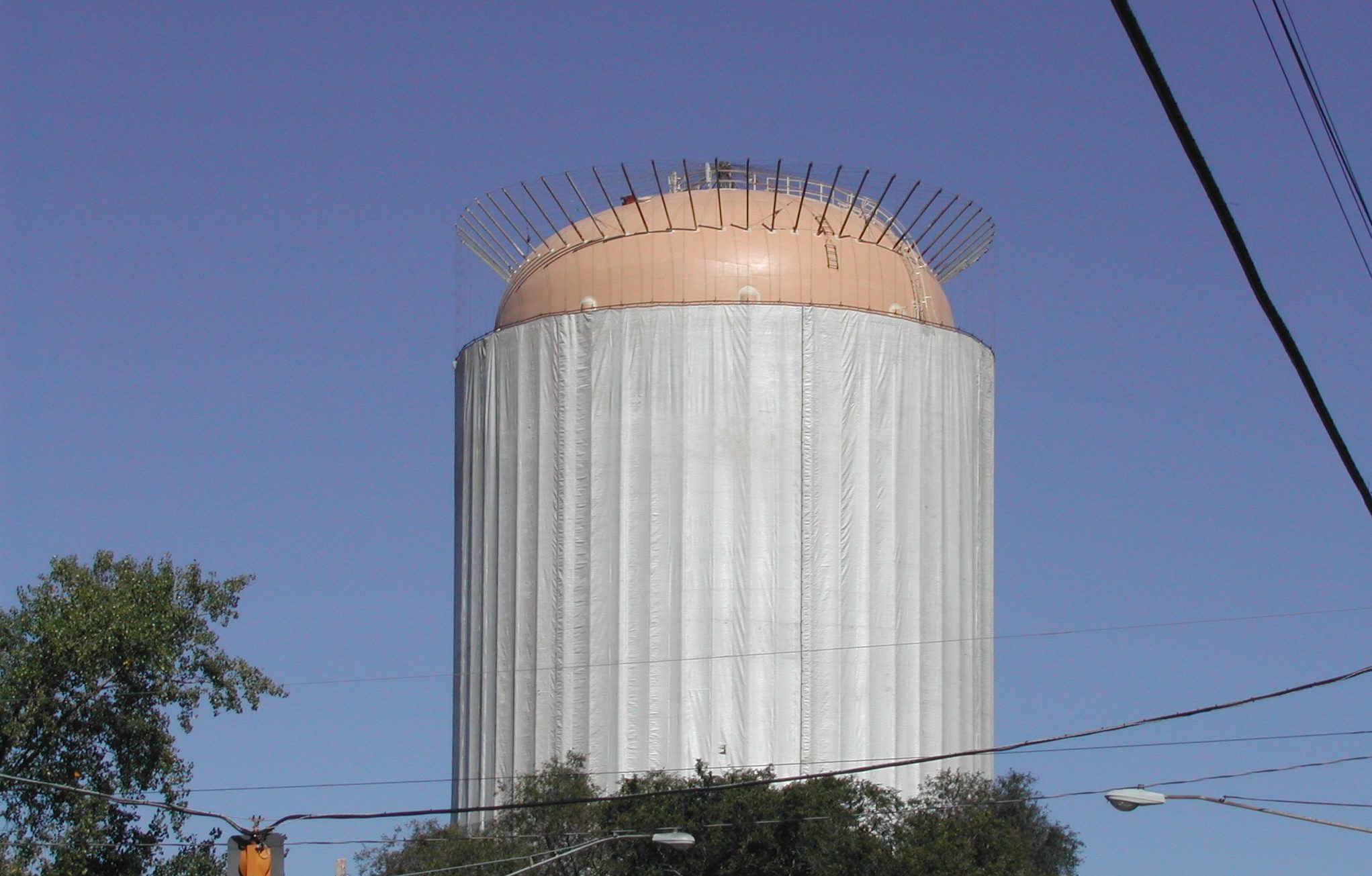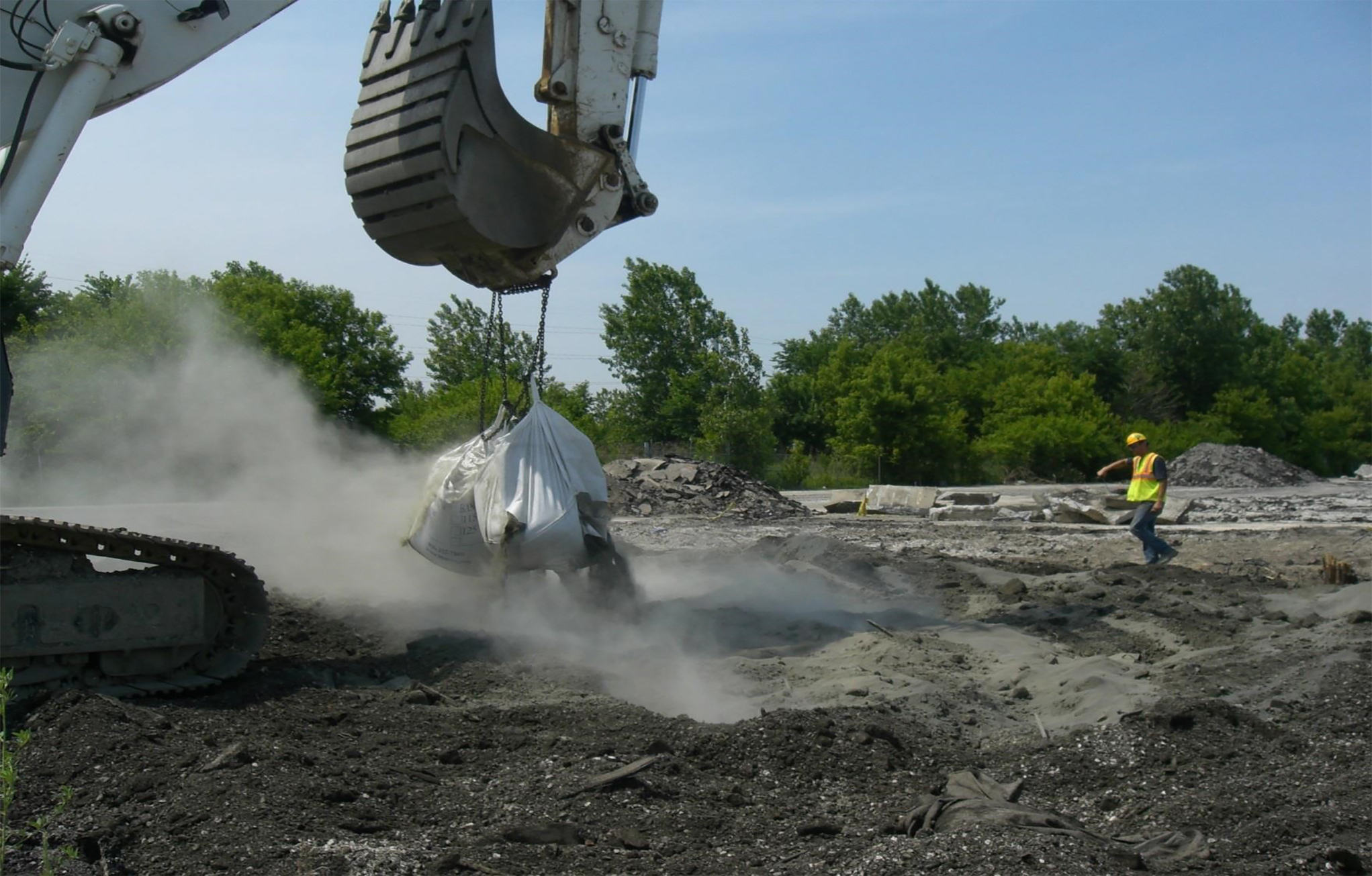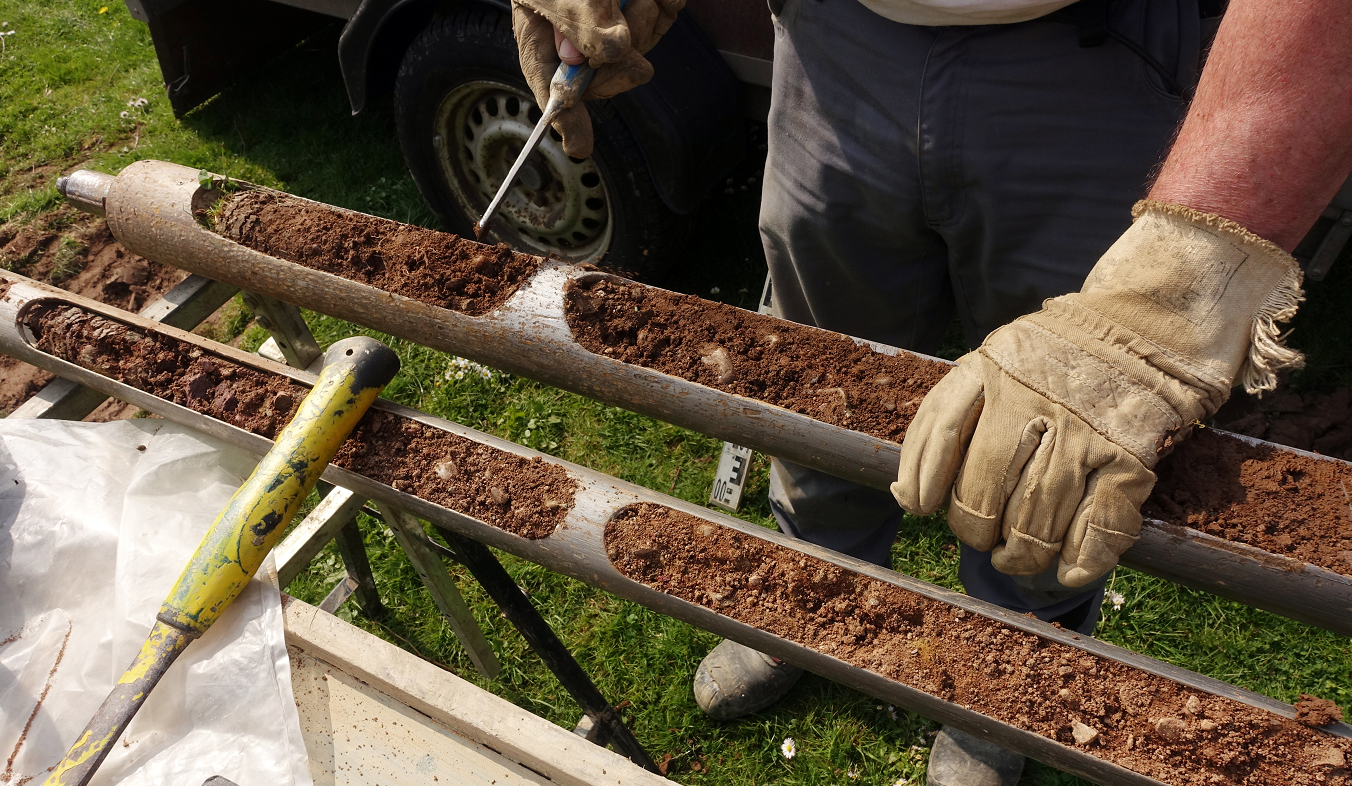
Process of Treating Lead Paint
Treating lead paint is a specialized and potentially hazardous task that should only be performed by trained professionals who are familiar with lead abatement procedures. Treating lead paint poses serious health risks, and improper removal or containment can result in contamination of the environment and harm to individuals. Here are the general steps that should be followed:
Inspection and Assessment:
Conduct a thorough inspection of the structure to determine the extent of lead-based paint and assess its condition. This inspection may require the use of lead testing kits and/or professional testing services.
Compliance with Regulations:
Ensure compliance with federal, state, and local regulations regarding treating lead paint. These regulations may vary, so it’s essential to research and follow the specific requirements for your location.
Containment:
Establish containment measures to prevent lead dust and debris from spreading. This may include setting up barriers, using negative air pressure systems, and providing decontamination facilities for workers.
Treating Lead Paint with Abrasives
Several methods can be used for lead paint removal but the most efficient is abrasive blasting. Using Blastox blended abrasives is the most simple approach for removing and treating lead paint from any structure.
It is crucial to engage experienced and certified lead abatement contractors for treating lead paint, as they have the necessary training and expertise to handle lead safely and effectively. Always consult with local environmental agencies and health departments for specific guidance and permits, as the regulations and requirements can vary depending on your location.







